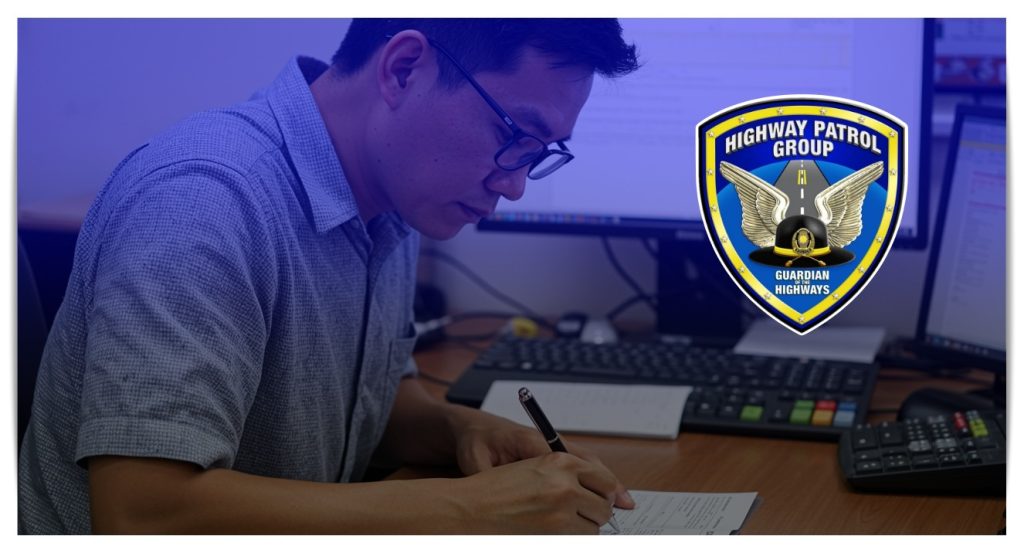A Motor Vehicle Clearance Certificate (MVCC) is an official document issued by the Philippine National Police – Highway Patrol Group (PNP-HPG). It certifies that a vehicle is not stolen, has no legal encumbrances, and is clear for transactions such as transfer of ownership, registration, or modification.
This document is essential for vehicle purchasers, sellers, and owners who require processing of legal transactions with the Land Transportation Office (LTO).
The application process involves document submission, physical inspection, and payment of fees. The standard processing fee for an MVCC starts at ₱200, but additional costs may apply depending on the transaction type.
If you are planning to sell your vehicle, transfer ownership, or register modifications, securing an MVCC is a necessary step.

Who Needs an MVCC?
The MVCC is required for various vehicle-related transactions, including:
- Transfer of Ownership – When selling or buying a secondhand vehicle.
- Change of Engine or Chassis – When replacing major vehicle components.
- Change of Color – If you repaint your vehicle with a new color.
- Original Vehicle Registration – For brand-new and imported vehicles.
- Vehicle Shipment – When transporting a vehicle to another location.
- Verification Purposes – Ensuring a vehicle is not stolen or illegally modified.
If any of these apply to you, then securing an MVCC is necessary before proceeding with LTO transactions.
Step-by-Step Guide to Applying for an MVCC
Step 1: Gather the Required Documents
Before visiting the PNP-HPG office, prepare the necessary documents based on your specific transaction:
General Requirements:
- Original LTO Certificate of Registration (CR) and Official Receipt (OR)
- Macro-Etching Certificate (stencil of engine and chassis numbers)
- Taxpayer Identification Number (TIN) of both seller and buyer
Additional Requirements for Specific Transactions:
- Transfer of Ownership:
- Deed of Sale or Writ of Execution
- Cancellation/Release/Assumption of Mortgage (if applicable)
- Special Power of Attorney (if required)
- Change of Color:
- Affidavit of Change Color (notarized)
- Change of Engine/Chassis:
- Sales Invoice of the new engine or chassis
- LTO Certificate of Stock Reported
- Affidavit of Change Engine/Chassis (notarized)
- Original Registration (Imported Vehicles):
- Bureau of Customs (BOC) Certificate of Payment
- Informal Entry Document
- Bill of Lading
Missing documents can delay the process, so double-check the requirements before proceeding.
Step 2: Visit the Nearest PNP-HPG Office
Go to the Motor Vehicle Clearance Division (MVCD) or any PNP-HPG satellite station. These offices operate from 8:00 AM to 5:00 PM, Monday to Friday, with no noon break.
To avoid long queues, visit early in the morning and bring all your documents properly arranged for quick processing.
Step 3: Submit the Application Form
- Get an MVCC application form from the Receiving Section.
- Fill it out completely and attach the required documents.
- Submit the form and wait for document verification.
Once verified, you will receive further instructions regarding the next steps.
Step 4: Pay the Required Fees
The standard clearance fee is ₱200, but additional fees may apply depending on the nature of your transaction:
| Transaction Type | Fee (₱) |
| Transfer of Ownership | 300 |
| Change of Engine/Chassis | 300 |
| Change of Color | 300 |
| Change of Body Design | 300 |
| Permit to Assemble | 150 |
| Original Registration (Local & Imported) | 200 – 550 |
| Record Check | 300 |
| For Shipment | 300 |
Payments are usually made at the nearest Landbank branch or an authorized payment center. Keep your receipt as proof of payment.
Step 5: Undergo Vehicle Inspection and Macro-Etching
- Your vehicle will be physically inspected by PNP-HPG officers.
- A macro-etching examination will be conducted to verify the authenticity of your engine and chassis numbers.
- Any discrepancies or tampering may result in additional verification or rejection of your application.
Step 6: Claim Your MVCC
After inspection, processing takes one to three working days.
- You will receive a claim stub indicating when your certificate is ready.
- Return to the PNP-HPG office and present your claim stub.
- Once released, double-check all details for accuracy before leaving.
Remember, the MVCC is valid for only seven working days. Use it immediately for any LTO transactions to avoid reapplication.
Important Tips to Avoid Delays
- Check the latest requirements on the PNP-HPG website to ensure compliance.
- Organize all your documents properly before heading to the PNP-HPG office.
- Ensure your vehicle is in good condition for a smooth inspection process.
- Plan your visit on weekdays early in the morning to avoid long waiting times.
Frequently Asked Questions
1. Can I authorize someone else to apply for an MVCC on my behalf? Yes, but they must present a Special Power of Attorney (SPA) along with a copy of your ID and their own valid ID.
2. What happens if my vehicle fails the macro-etching test? If irregularities are found, additional verification may be required. The PNP-HPG may request supporting documents or further investigation before approving your clearance.
3. Can I use an expired MVCC for LTO transactions? No, an MVCC is valid for only seven working days. If expired, you must reapply for a new certificate.
4. Where is the best place to apply for an MVCC? While all PNP-HPG satellite offices process MVCCs, applications filed at the PNP-HPG headquarters in Camp Crame are generally accepted at all LTO branches nationwide.
Conclusion
Applying for an MVCC is an essential step for vehicle-related transactions. By preparing the right documents, following the correct procedures, and ensuring compliance with inspection requirements, you can complete the process smoothly and without hassle.
If you are buying or selling a vehicle, registering modifications, or need proof of a vehicle’s legal status, securing an MVCC should be your top priority. Keep track of your application timeline and make sure to use the certificate before it expires.